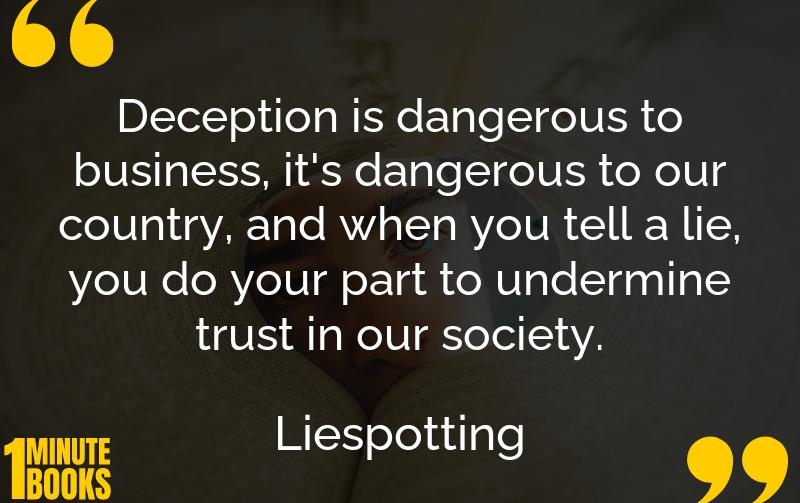
Liespotting exposes the art and science of detecting deception, emphasizing the need for truth in a world where lies are rampant. Pamela Meyer highlights methods for identifying liars and advocates for face-to-face communication.
Main Lessons
- Deception is prevalent in society, and understanding its cues is crucial.
- Liars often freeze their upper body, a sign to notice.
- A fake smile can be spotted even from a mile away.
- It’s essential to baseline individuals to detect deviations in behavior.
- Non-verbal cues such as eye contact can provide valuable insights.
- Listening carefully and observing behavior help uncover the truth.
- Face-to-face interactions reduce misinterpretations prevalent in digital communication.
- Americans often assume truth, a bias that hinders lie detection.
- Learning to detect lies is challenging as feedback isn’t immediate.
- Focus on high-stakes lies that influence major life decisions.
- White lies, though socially convenient, can be detrimental in the long run.
- The motivation to spot lies should be to build trust, not merely catch liars.
- Deception has significant financial repercussions, such as corporate fraud.
- Building trust requires honesty and reducing the spread of deception.
- Understanding deception helps address broader societal trust issues.








